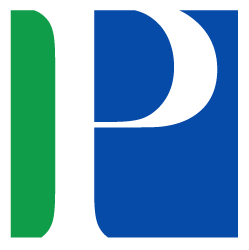Classroom practices of low-cost STEM education using scratch
Abstract
Aim: The purpose of this study is to demonstrate the potential of Scratch for STEM instruction. Drones and mobile robots can be navigated using Scratch. Mobile robots and inexpensive drones are also available. The author suggests a budget-friendly STEM education. Scratch is a great way to introduce kids to computer programming. The STEM disciplines can also be taught with Scratch. The research here suggests using Scratch as a low-cost tool for STEM education.
Method: The current investigation employs a qualitative descriptive strategy. The Scratch app was developed and used with kids to achieve the results.
Findings: The results demonstrate that STEM education through Scratch can be provided at a lower cost. Learning occurs in a group of 6 or 7 students when a teacher assigns a task in which robots must move forward while dodging obstacles built from LEGO bricks. Each student can focus on the assignment at hand with the help of a low-cost mobile robot, should the instructor choose. If the instructor decides to use Scratch exclusively, students can engage in activities requiring them to think critically about the problem.
Implications/Novel Contribution: Creativity training is at the heart of STEM curricula. Many Japanese cities host annual robot competitions. A robot-building competition is a fun way to encourage original thought. As a result, more students would benefit from learning to code. Inexpensive mobile robots and drones that can be piloted with Scratch are becoming increasingly popular. Less expensive teaching materials are necessary if we force each student to engage with the issue.
References
Discovery of Wheels. (2019b). Scratch 3.0 based 3D drone flight simulator "dronesimulator3" will be released on april 15! developed for applications ranging from STEM education applications to industrial drone control applications in the IoT. Retrieved from https://bit.ly/2HoWXh9
Omori, Y., Isobe, M., & Yamazaki, S. (2016). Comparative study between Japan, England and the USA of curriculum standards in information and communication technology education fostered science, technology, engineering and mathematics education and computational thinking from elementary to upper secondary
school. Joetsu University of Education Journal, 35, 269-283.
Parrot. (2019). Parrot mambo fly take off now. Retrieved from https://bit.ly/320qOGa
Tello. (2019). Feel the fun. Retrieved from https://bit.ly/2URzfll
Yamamori, K. (2019). Programming practice using scratch for each grade of elementary school. In Proceedings of the International Conference on Big Data and Education, London, UK.
Yamamori, K., & Yoshihara, K. (2016). Classroom practices to first graders by using scratch. In International Symposium on Education, Psychology and Society, Kyoto, Japan.
Yamazaki. (2019). Protech series. Retrieved from https://bit.ly/2HmsMHk
Yoshihara, K., & Yamamori, K. (2016). A technique for resizing of sprite in scratch. In International Symposium on Teaching, Education, and Learning, Nagoya, Japan.
Yoshihara, K., & Yamamori, K. (2017). Programing practice for elemantary school children aiming at figure understanding by using scratch. In Proceedings of 2017 International Conference on Education and Elearning, Bangkok, Thailand.

This work is licensed under a Creative Commons Attribution-NonCommercial 4.0 International License.











.png)









